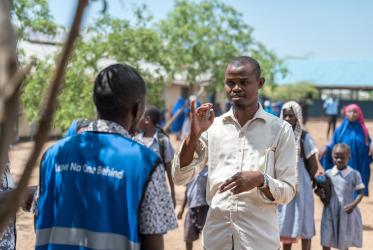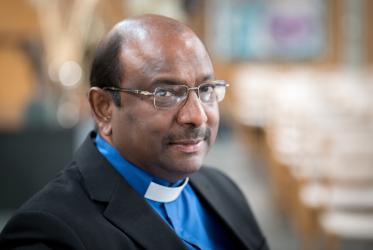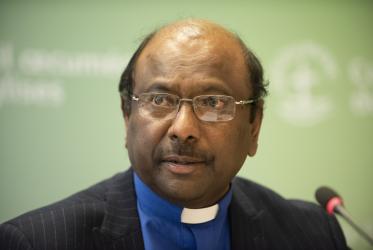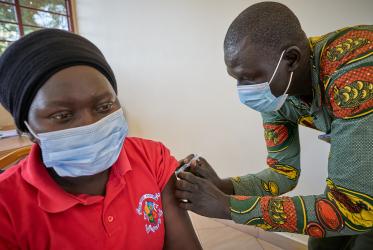Iglesia Anglicana de África Meridional
The Anglican Diocese of Cape Town was established in 1847. It included the Cape, the Free State, Natal and the Island of St Helena. By 1870 several dioceses had been formed and organized into a self-governing Province of the Anglican Communion. In 1955 the dioceses of Mashonaland, Matabele, and the southern part of Botswana left the Province of South Africa when the Church of the Province of Central Africa was formed. The name of the church was changed in 1982 to the Church of the Province of Southern Africa and in 2006 to the Anglican Church of Southern Africa. It is now composed of 25 dioceses in the Republic of South Africa, the neighbouring countries of Namibia, Lesotho, Swaziland, Mozambique, Angola and the Island of St Helena with Ascension Island.
The church works in several countries and each has its own characteristics. In some countries it is the development of agriculture and the need to make people self-sufficient with regard to food; in others it is the need to empower people, providing them with skills to enable them to take their rightful place in the economic environment. In all instances education and schooling are of primary importance as a basis for social development. Not only is the church concerned with schooling for children, it is also looking carefully at improving and enhancing theological education.
The main priorities in the years ahead are renewal and evangelism, unity between people across barriers of work, class, status, race, political views and national boundaries, and a ministry relevant to the emerging society, in short, the strengthening and further development of a democratic society. The major programmes are eradication of poverty, working towards an HIV/AIDS-free generation as well as combating malaria and tuberculosis and the attainment of the Millennium Development goals.
The United Evangelical Church "Anglican Communion in Angola" has become the Angola Diocese of the CPSA in 2002.





